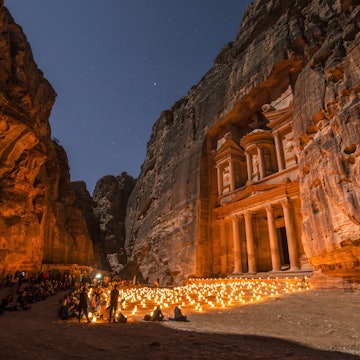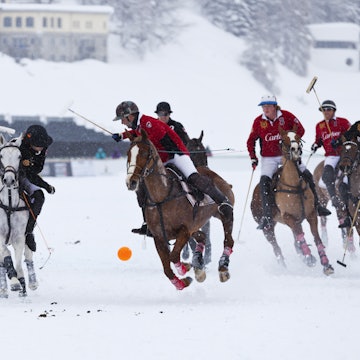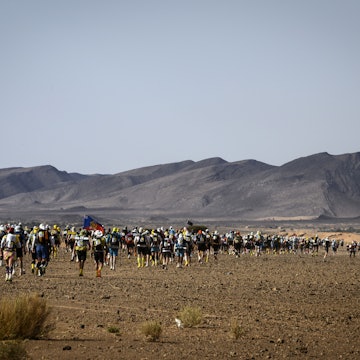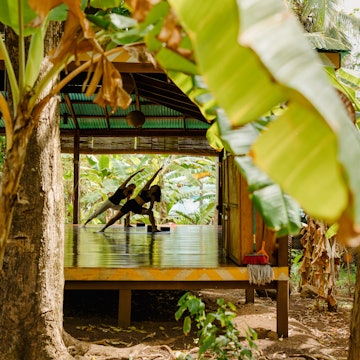
Rugby World Cup 2019: best things to see, do and eat near the stadiums

Sep 2, 2019 • 5 min read
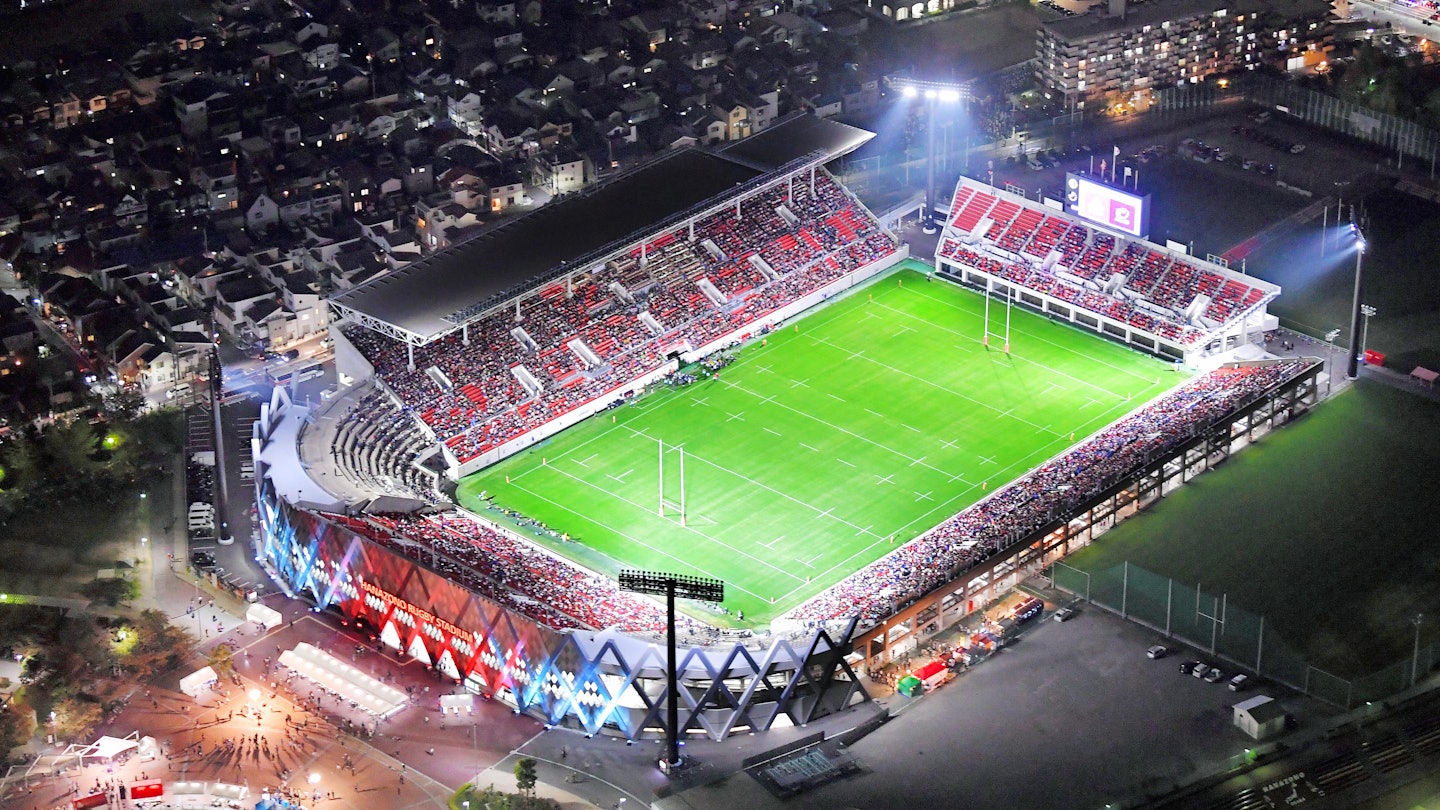
The 2019 Rugby World Cup takes place in Japan from 20 September to 2 November. It’s the first time the country has staged the tournament, which will be spread out over 12 stadiums on three different islands. Here’s our guide to the best things to see, do and eat near the stadiums.
Don’t have tickets yet? Check remaining availability on the RWC2019 website (requires registration).

Sapporo Dome, Sapporo
Matches: Australia v Fiji; England v Tonga
Visit: Japan’s northernmost metropolis, Sapporo, was the host city for the 1972 Winter Olympics. The Ōkura-yama Ski Jump Stadium is still here (and sometimes used for practices and tournaments). Visitors can take a lift up to the top (at 133.6m) and imagine what it would be like to tear down the 33-degree incline. Don’t miss Sapporo’s specialty: miso ramen. Menya Saimi, a cosy, inconspicuous eatery in the south of the city, serves up our favourite. For nightlife, head to the city’s conveniently central entertainment district, Susukino.
Kamaishi Recovery Memorial Stadium, Kamaishi
Matches: Fiji v Uruguay; Namibia v Canada
Visit: The stadium in Kamaishi was built as part of the recovery effort in northeast Japan, which was struck by a powerful earthquake and tsunami in 2011. Rent a car to discover more of this beautiful coast with a visit to Jōdogahama, a beautiful beach in Miyako (to the north), or learn about its heartbreaking recent history at the RIAS Ark Museum of Art in Kesennuma (to the south).

Kumagaya Rugby Stadium, Kumagaya
Matches: Russia v Samoa; Georgia v Uruguay; Argentina v USA
Visit: From Kumagaya you can travel into the mountains of Chichibu. Take the high-altitude Chichibu Tetsudō line all the way to Mitsumine-guchi. Here the forest-shrouded Mitsumine-jinja Shinto shrine stands on a 1100m-high summit, with elaborate wood-carving and views over the area. From here several hiking trails lead deeper into the mountains; maps are available at the Mitsumine Visitor Center.
You might also like this: top things to see in Japan during the Rugby World Cup
Tokyo Stadium, Tokyo
Matches: Japan v Russia (opening match); France v Argentina; Australia v Wales; England v Argentina; New Zealand v Namibia; QF2; QF4; Bronze Final
Visit: Tokyo Stadium is actually way out in the capital’s western 'burbs, where few travellers ever venture. Take the opportunity to visit the fantastic temple, Jindai-ji – said to have been founded 1300 years ago – and the adjacent Jindai-ji Botanical Gardens, a tranquil green space home to around 4500 species of trees and plants.

International Stadium Yokohama, Yokohama
Matches: New Zealand v South Africa; Ireland v Scotland; England v France; Japan v Scotland; SF1; SF2; Final
Visit: Japan’s largest stadium is located north of Yokohama proper, near the Shin-Yokohama shinkansen (bullet train station) – handy for taking off to other parts of Japan after the last ball of the tournament has been kicked (the climax of the competition will be staged here). But first stop in at the Shin-Yokohama Ramen Museum, where you can sample ramen styles from all over the country. Yokohama too often gets overshadowed by neighbouring Tokyo to the north, but it has a cool scene all of its own and is especially known for craft beer. Check out Bashamichi Taproom and Antenna America to get started.
Shizuoka Stadium Ecopa, Fukuroi
Matches: Japan v Ireland; South Africa v Italy; Scotland v Russia; Australia v Georgia
Visit: Shizuoka Prefecture is Mt Fuji country. To get up-close with the iconic stratovolcano, hop on the Tokaidō shinkansen (bullet train) at the nearest stop to the stadium in Kakegawa and take it two stops back (towards Tokyo) to Shin-Fuji Station. There’s a good view of Japan’s tallest mountain from the platform (though the surrounding scenery industrial). Buses (2¼ hours) run from here to the much more scenic Fuji Five Lakes region, where there are excellent Fuji views.

Hanazono Rugby Stadium, Higashi-Osaka
Matches: Italy v Namibia; Argentina v Tonga; Georgia v Fiji; USA v Tonga
Visit: Higashi-Osaka, home of Hanazono Rugby Stadium, is a manufacturing town, but it’s just a 20-minute train ride from Osaka's fun Namba district, one of the best (if not the best) spots to be after dark in Japan. Eat takoyaki (octopus dumplings) at Wanaka Honten, see the lights of Dōtombori and bar-hop in Amerkia-Mura.
City of Toyota Stadium, Toyota
Matches: Wales v Georgia; South Africa v Namibia; Japan v Samoa; New Zealand v Italy
Visit: Toyota is the city that Toyota (Japan’s leading car manufacturer) built. Book a tour in advance at the Toyota Kaikan Museum, to see inside one of the nearby plants.

Kobe Misaki Stadium, Kōbe
Matches: England v USA; Scotland v Samoa; Ireland v Russia; South Africa v Canada
Visit: Kōbe is a compact, cosmopolitan city, and as a result the stadium is close to the city centre, making for a good atmosphere on match days. In the evening take the Nunobiki Ropeway up in the foothills behind the city for a view over the harbour. Then head to central Sannomiya, which is full of bars and izakaya (Japanese pub-eateries).
Fukuoka Hakatanomori Stadium, Fukuoka
Matches: Italy v Canada; France v USA; Ireland v Samoa
Visit: Fukuoka, Kyūshū’s biggest city, is known for its ramen and street food stalls. Make a pilgrimage to the original Ippudō, the ramen chain that is Fukuoka’s most famous export, or spend an evening hanging out in the Nakasu district, where food stalls line the river.

Kumamoto Stadium, Kumamoto
Matches: France v Tonga; Wales v Uruguay
Visit: The city of Kumamoto is a great springboard for exploring the highlights of Kyūshū’s central highlands. Rent a car and take off to visit active volcano, Aso-san, and the hot spring village, Kurokawa Onsen, or alternatively, stroll the nature trails around pretty Takachiho Gorge, where legend has it Japan's sun goddess brought light back to the world.
Oita Stadium, Oita
Matches: New Zealand v Canada; Australia v Uruguay; Wales v Fiji; QF1; QF3
Visit: Oita Stadium is just a short drive from Beppu, the town that can claim the most abundant natural hot spring in Japan. There are myriad options here, from classic soaking tubs to steam baths and sand baths.








